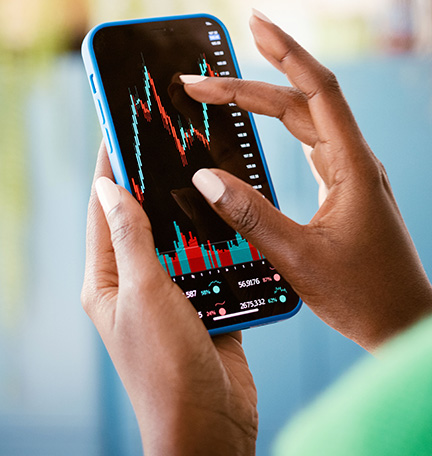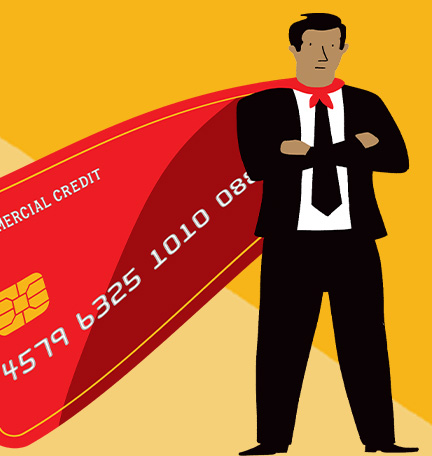Commercial cards can give your employees a level of independence and flexibility while giving your organization an effective solution for expense and budget management.
“Commercial cards function as a working capital tool,” says David LaPaglia, Vice President of Regions Commercial Card Product Management. “They provide businesses the ability to pay merchants up front and on time while increasing their bottom line.”
Choosing the right commercial card depends on how you’ll use the card and what works best for your organization. As you weigh your options, keep these basics in mind.
THE FOUR KEY FEATURES TO LOOK FOR AND WHY
Function: Why do you need a commercial card?
Commercial cards have various functions and features. The main types include:
- Purchasing cards Primarily for your back office, these cards are used to cover accounts payable and pay for equipment, goods and services.
- Travel and entertainment cards For team members who spend a lot of time traveling, these cards can be used for expenses such as hotels, flights, rental cars and meals on the road.
- Fleet or fuel cards For companies with a fleet of vehicles to manage, these cards can be used for fuel and maintenance.
- All-in-one solutions Some banks offer a single card that can be used for all of the functions above, streamlining management for your organization.
Protection: How can you manage spending and security?
Commercial cards give companies a way to enable—and control—employee spending on behalf of the business. Commercial card providers can restrict how specific cards are used to ensure only approved types of purchases are made.
Commercial cards also typically feature built-in protections to help assist with potential misuse and fraud. “By leveraging real-time authorization alerts, transaction reports and spending controls, organizations can gain clear visibility into their expenses and quickly identify unauthorized transactions,” LaPaglia says. He suggests looking for a card provider that offers fraud monitoring, alerting you to suspicious behavior or charges as they arise.
Integration: Can your card improve your processes?
Commercial cards can integrate with existing enterprise resource planning systems and accounting processes, making it easy to reconcile transactions and accounts payable activities. “There are a significant number of configuration and integration points with each commercial card program, so it’s important to understand how your accounting systems connect to your card provider’s to easily access information,” LaPaglia says.
That integration also gives you clear visibility into how and where employees are spending money, which could lead to smarter purchasing decisions.
Rewards: What perks do commercial cards offer?
One benefit that’s unique to commercial cards is revenue sharing. Based on the volume of purchases over a month or a year, your card provider may share a portion of the revenue they receive back to your company.
“This provides an organization’s accounts payable department the ability to generate revenue, acting as a discount on purchases that are already being made,” LaPaglia says. “Additionally, organizations can leverage their buying power to reduce expenses by consolidating the number of vendors they do business with.”











